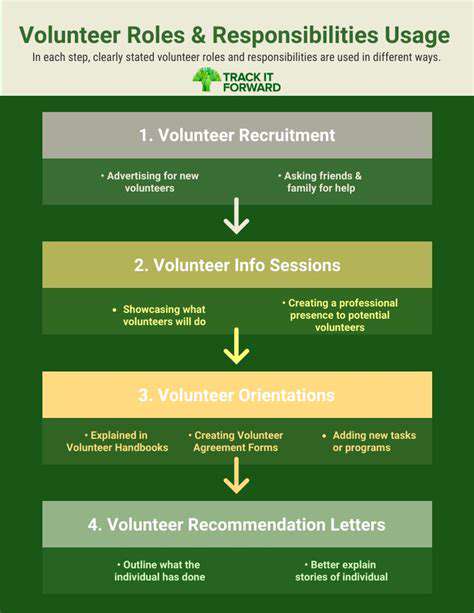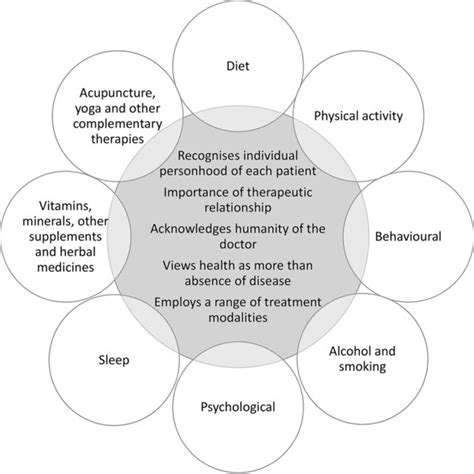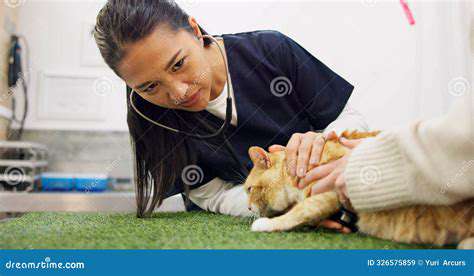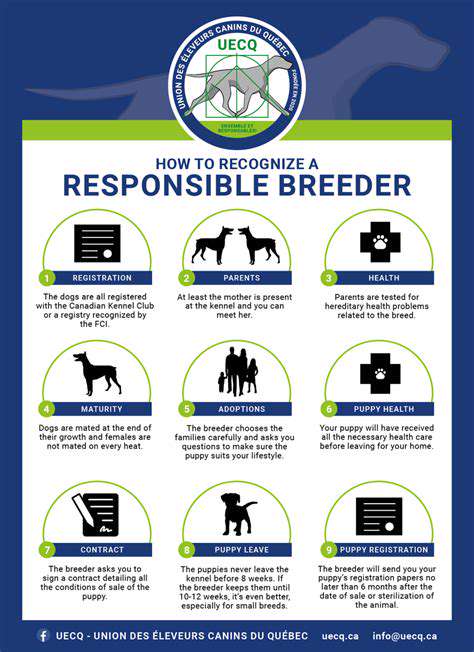Recognizing Signs of Pneumonia in Pets in Winter
Coughing beyond the usual
While a little cough is common in pets, especially during seasonal changes or after a playful romp, a persistent or worsening cough that produces phlegm or a rattling sound warrants immediate veterinary attention. This persistent coughing, often accompanied by difficulty breathing, could signal an underlying respiratory infection like pneumonia. Pay close attention to the nature of the cough – is it dry, wet, or accompanied by other symptoms? Documenting these details can be crucial for your veterinarian in diagnosing the issue.
Changes in appetite and activity level
A significant decrease in appetite, a reluctance to play, or a noticeable drop in energy levels can be early indicators of pneumonia. Your pet might also exhibit lethargy or be noticeably less interested in their favorite activities. This change in behaviour, combined with other symptoms, could point towards a respiratory infection affecting their overall well-being. Observing these changes alongside other signs can help differentiate a simple lack of energy from a more serious illness.
Abnormal breathing patterns
Noticeable changes in respiratory rate or effort are critical indicators. Rapid, shallow breathing, difficulty breathing, or noisy breathing sounds like wheezing or gasping are all red flags. A pet struggling to breathe may also exhibit flared nostrils or show increased effort in their chest movements. Recognizing these subtle but important changes in breathing patterns can significantly aid in early diagnosis and treatment.
Lethargy and weakness
Beyond just a lack of energy, genuine lethargy and weakness can be significant indicators of pneumonia. Your pet might seem disoriented or show reduced responsiveness to stimuli. This overall feeling of weakness and lack of vitality, combined with other symptoms, could point towards a respiratory infection affecting their overall strength and stamina. Documenting the degree of lethargy and any other associated symptoms can be helpful for your vet.
Fever and chills
A fever, often accompanied by shivering or chills, is a common symptom of various illnesses, including pneumonia. A slight increase in body temperature might go unnoticed, but a sustained or high fever is definitely cause for concern. Taking your pet's temperature regularly and noting any accompanying symptoms will allow you to provide your veterinarian with essential information. Remember, a fever in pets can be a sign of many things, but it's vital to address it quickly.
Loss of coordination or stumbling
If your pet is exhibiting any signs of loss of coordination, such as stumbling, swaying, or difficulty walking, it's crucial to seek immediate veterinary attention. These neurological symptoms can sometimes be associated with more serious conditions, including pneumonia. Early detection of these symptoms is essential for appropriate treatment and to prevent further complications. A combination of these symptoms with respiratory distress is a clear indicator for veterinary consultation.
Discharge from the nose or eyes
Runny noses or eyes, especially if they are producing a thick, discolored discharge (yellow, green, or brown), could indicate a respiratory infection. This discharge, often accompanied by sneezing, can be a sign of pneumonia or other respiratory illnesses. Monitoring the consistency and color of nasal and eye discharge can provide vital information for your veterinarian. This type of discharge, along with other symptoms, should prompt a visit to the vet.

Read more about Recognizing Signs of Pneumonia in Pets in Winter
Hot Recommendations
- Customized Sleep Schedules: AI Driven for Sustainable Rest
- Crafting a Personalized Productivity Plan for Mental Clarity
- Sustainable Self Compassion: Cultivating Kindness Towards Your Mind
- Sustainable Productivity Hacks for the Busy Professional
- Sustainable Wellness for Parents: Balancing Family and Self Care
- Data Informed Self Care: Designing Your Personalized Wellness Strategy
- Sustainable Wellness for a Purpose Driven Life
- AI Assisted Mindfulness: Personalized Meditations for Deeper Practice
- Building Inclusive Mental Health Services: Key Initiatives
- AI Powered Self Care: Customizing Your Routine for Maximum Impact











